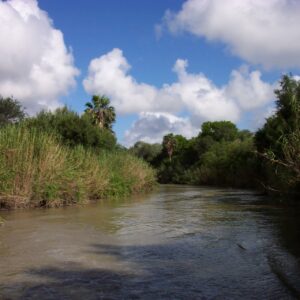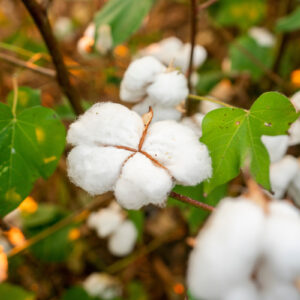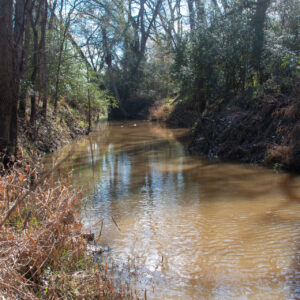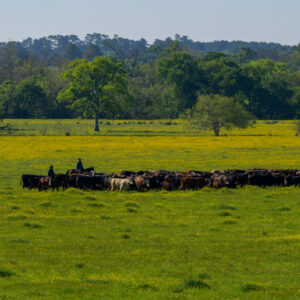(Field 5)
Stephen Maas and Robert J. Lascano
 Objective: The objective was to install and operate a remote sensing system on a center pivot irrigator that measures crop water status of cotton and corn.
Objective: The objective was to install and operate a remote sensing system on a center pivot irrigator that measures crop water status of cotton and corn.
Methodology: Cotton production in the Texas High Plains is highly dependent on the availability of water. Because there is a limited availability of water on the High Plains, current research efforts are focused on developing variable rate irrigation systems that can apply proportionately more irrigation where water demand is high, while portions of the field with lower water demand are not over-irrigated, thereby matching available water resources to the spatially variable demand of the crop. However, methods are needed to determine the spatially variable water needs of the crop within a field. This project uses a remote sensing approach to measure the water status of the cotton crop. Sensors mounted along the center-pivot irrigation system collect data to determine the water needs of the plants as the irrigation system moves around the field. Such information could be used to control the emitters of a variable-rate irrigation system to apply water in variable amounts across the field.
Results: The remote sensing system was installed on a center-pivot irrigation system operated by the Texas Agricultural Experiment Station at the Helms Farm. The system consists of a set of miniature sensors mounted on arms that reach out from the top of the irrigation system in the direction of its normal travel (Figure 1.). Three sensors are mounted on each arm so that they observe the crop as the irrigation system moves along. One of the three sensors measures the temperature of the crop, while the two other sensors are used to correct the measured temperature for the effects of the bare soil between the rows of cotton plants.
Discussion: The sensor measurements along with measurements of air temperature, solar radiation, humidity and wind, can be used to calculate the amount of irrigation water that should be applied by each applicator of the irrigation system. Multiple years of data are needed to correlate sensor measurements with the water status of the cotton crop.





